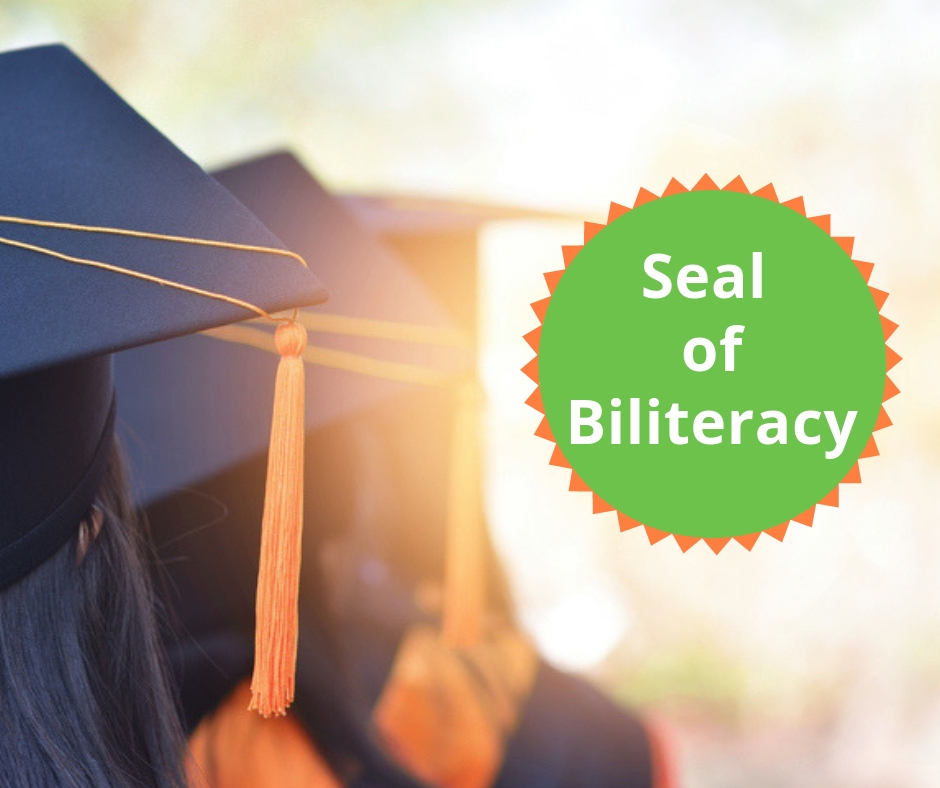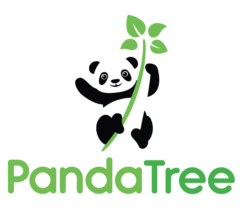
More than half the world’s population speaks more than one language, and in our increasingly global society, becoming bilingual is one of the core ways U.S. children can stay competitive. As we discussed in our recent blog post, Americans have some catching up to do — according to Pew, many European students are on their third language by the time they reach high school! The good news is more and more U.S. states are demonstrating their commitment to bilingualism by participating in the Seal of Biliteracy, and it’s quickly emerging as the gold standard of bilingual certification. So, what exactly is the Seal of Biliteracy, and why does it matter? What is the Seal of Biliteracy?
The Seal of Biliteracy is an award given to students who’ve studied and demonstrated proficiency in at least two languages by the time they graduate high school. In addition to encouraging bilingual studies and recognizing the value of language diversity, the Seal provides universities and employers a formal method to certify bilingualism.
Who awards the Seal of Biliteracy?
While the Seal of Biliteracy was designed to be awarded on behalf of a school district or state, individual schools or programs may also confer the award. As of today, 33 U.S. states and the District of Columbia have adopted the Seal, and many more are in the stages of adoption — click here to see if your state currently participates.
What are the criteria for earning the Seal of Biliteracy?
Each school or school district sets their own criteria — from passing the relevant Advanced Placement exam for a second language, taking a language course all four years of high school and passing with a certain grade, to writing a series of essays in a second language. Click here to learn more about the steps to implementing the Seal and developing criteria — if your school or school district does not yet have a process for students to earn the Seal of Biliteracy, it’s the perfect place to start!
How will the Seal of Biliteracy help my child in the future?
Upon passing your state, school, or school district’s criteria for the Seal of Biliteracy, your child will be able to receive the official seal on their transcript or diploma, a statement of accomplishment to college admissions officials or future employers.
My child is preschool age (or younger) — where do I start?
In addition to the high school Seal of Biliteracy, children can earn medals and awards at the preschool, elementary and middle school levels to signify progress. These “pathway” medals reward the pursuit of bilingualism, and are an excellent foundation — click here to learn more about the preschool pathway award. Want to give your child a head start working toward a Seal of Biliteracy? Check out PandaTree’s Spanish and Mandarin tutors for kids. There’s no better time to start than now and PandaTree offers a flexible, personalized program to meet the levels of all students between the ages of two and 15.
